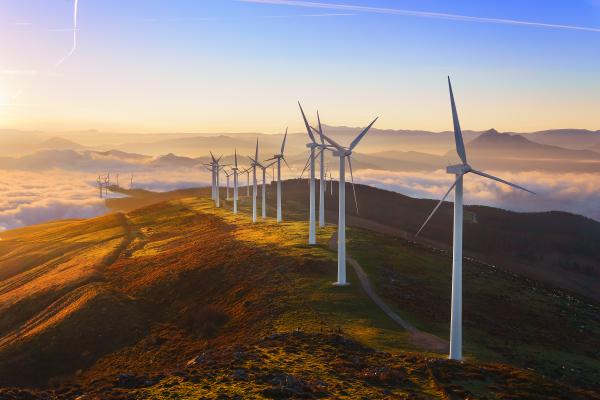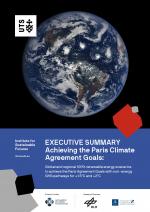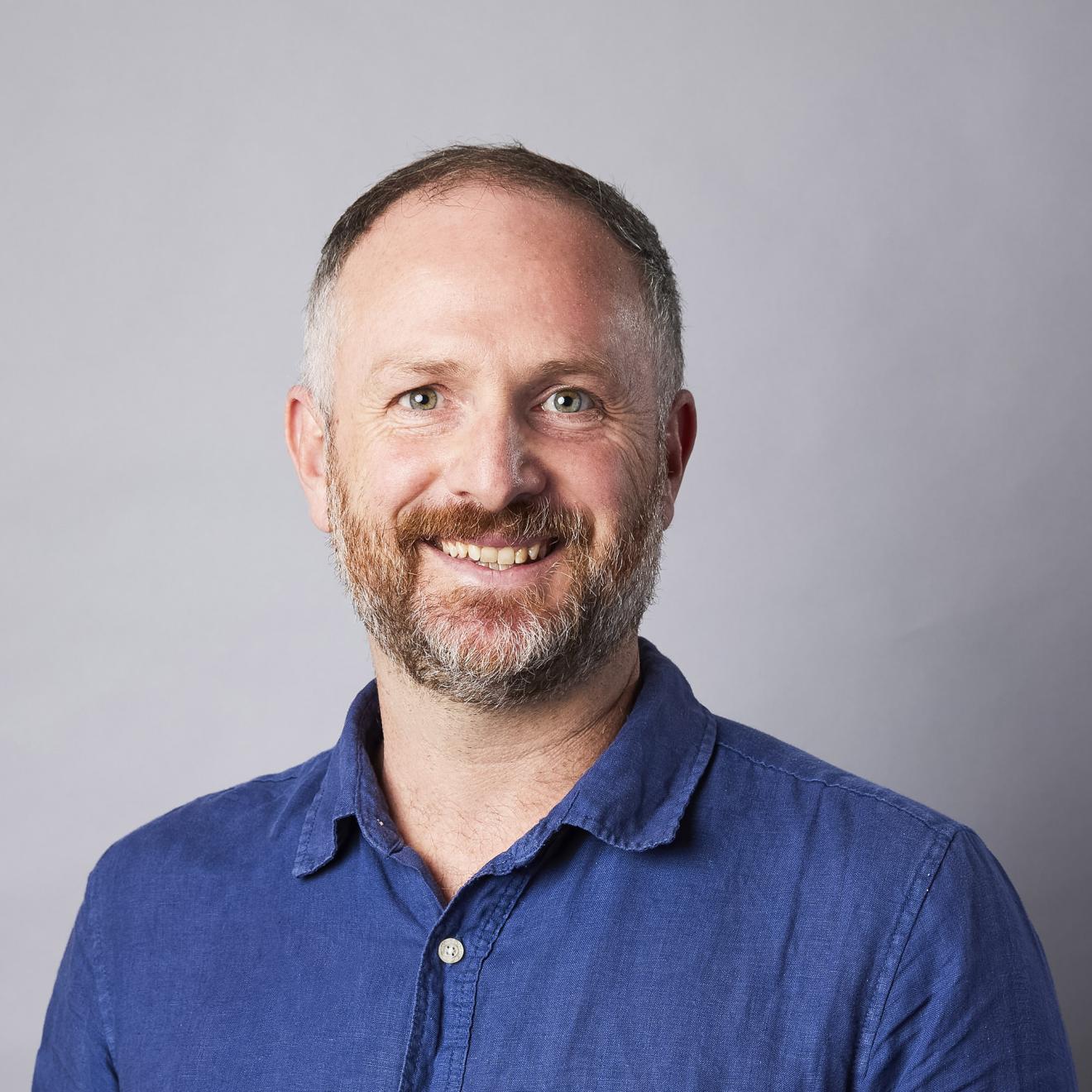At the current rate of warming, the planet will reach 1.5°C above pre-industrial levels sometime between 2030 and 2052, according to the Intergovernmental Panel on Climate Change (IPCC).
Limiting global warming to 1.5°C requires rapid, far-reaching and unprecedented changes in society if we are to meet the targets set out in the 2015 Paris Agreement. Yet, surprisingly, there has been a dearth of research showing how we could actually achieve it – until recently.
Reality check
In one of the most detailed climate and energy studies conducted to date, the One Earth Climate Model shows that keeping global warming below the 1.5°C threshold is not only achievable but that this can be done without resorting to costly and unproven technologies.
Dr Sven Teske, lead scientist for the One Earth Climate Model, says the research shows that by transitioning to 100 per cent renewable energy by 2050, coupled with natural climate and conservation measures, the world could meet the targets set out in the Paris Agreement.
“It’s crucial that decision makers around the world see that we can in fact meet global energy demand at a lower cost with renewables,” says Dr Teske, a Research Director at the Institute of Sustainable Futures (ISF) at the University of Technology Sydney (UTS).
Welcoming the release of the 'landmark' research, Ben Backwell, CEO of the Global Wind Energy Council, said: “The IPCC’s Special Report on 1.5ºC highlighted planet Earth’s climate emergency, and how quickly we have to act. The One Earth Climate model shows us a way out.”
The One Earth modelling has already prompted an invitation for Dr Teske to testify to the European Commission ahead of the release of its latest climate target, and a request from an international group of 30 institutional investors for the researchers to provide further analysis on particular industry sectors.
Unique breakdown
The One Earth Climate Model is the result of a two-year collaboration by 17 leading scientists, from UTS, the German Aerospace Center (DLR) and the University of Melbourne’s Climate & Energy College.
Released at the World Economic Forum in 2019, it’s unique in that it breaks down what needs to be done region by region to reach the 1.5°C target, discussing how regions can work together and providing specific transitions for sectors.
Subsequently, the United Nations-convened Net-Zero Asset Owner Alliance, a group of 30 institutional investors committed to transitioning their investment portfolios to net-zero greenhouse gas emissions by 2050, sought further analysis from the researchers, asking them to look at sector-specific pathways for steel and cement in particular.
Sophisticated computer modelling applied to the world’s electrical grids was a key part of the One Earth study. Ten regional and 72 sub-regional energy grids were modelled in hourly increments out to the year 2050. The projections assessed renewable resources such as wind and solar, minerals required for manufacturing components, and configurations for meeting projected energy demand and storage over the next 30 years.
This is a level of nuance that hasn’t been available before, and the attention it is gaining from financial organisations and others is notable. The accompanying book, Achieving the Paris Climate Agreement Goals, has been downloaded more than 215,000 times since being published and made freely available by prestigious scientific publisher Springer Nature.
It’s crucial that decision makers around the world see we can in fact meet global energy demand at a lower cost with renewables.
— Sven Teske, Institute for Sustainable Futures
Renewables drive
“This roadmap is one of the first of its kind and we hope it sparks a debate questioning unproven ‘negative emission’ technologies such as solar radiation management (SRM) or bio-energy with carbon capture & storage (BECCS), that are costly and unproven at scale,” Dr Teske says.
In contrast, renewable energy is reliable, safe and cost-competitive with conventional coal or gas-powered thermoelectric plants in many regions.
The One Earth modelling shows that 100 per cent renewable energy will cost much less to operate than today’s energy system. An end to the burning of fossil fuels will lead to less pollution thereby saving lives and money through improved public health outcomes.
The modelling also shows that it will drive economic development, providing jobs for 30 million people currently working in the energy sector and adding 12 million new jobs.
Shared knowledge
After the release of the research the European Commission asked Dr Teske to give testimony about the One Earth study’s 1.5°C modelling, as it considered a number of scenarios ahead of the announcement of its latest target.
The EC later presented what it described as a 'realistic and feasible' plan to reduce greenhouse gas emissions by at least 55 per cent by 2030, compared to 1990 levels – up from its previous target of 40 per cent. Legislative proposals to be presented by June 2021 to implement the new target include reinforcing energy efficiency and renewable energy policies.
ISF researchers have also been collaborating with organisations from countries on the front line of climate change, including Bangladesh, Vietnam, Costa Rica and Tanzania. In flood-prone Bangladesh, for example, Dr Teske and colleagues worked on a coastal development program.
“We did a mapping exercise on the wind and solar potential for Bangladesh, talking to urban and rural stakeholders about their energy consumption to understand their needs and running workshops with Bangladesh government input and feedback.
“We do a lot of international assessment so we can share experience gained from other countries. There are hundreds of regions that have a 100 per cent renewable target and all have their own unique experiences in trying to achieve that,” Dr Teske says. “Because we are involved in so many regions, we can share the good and not so good experiences.”
Future tense
Meanwhile, carbon emissions have been falling – though not for any reason that could have been suggested when the One Earth modelling was released. The ongoing COVID-19 pandemic has caused a fall of around 8 per cent in emissions at the time of writing, because of the disruption to economies.
Dr Teske says it’s important the gains aren’t lost as once-stalled global economies start to recover. “Going back to ‘normal’ is something we shouldn’t do,” he says. And it’s something we don’t have to do, with a One Earth model allowing both economic and environmental recovery.
RESEARCH OUTPUTS
One Earth Climate Model oneearth.uts.edu.au
Achieving the Paris Climate Agreement Goals (2019) (Book)
Achieving the Paris Climate Agreement Goals (2018) (Executive summary)
Researchers
-
Associate Professor and Research Director
-
Research Director
-
Research Principal
-
Professor and Deputy Director
-
Research Director
-
Senior Research Consultant
Years
- 2017-2019
Location
- International
Primary funder
- Leonardo DiCaprio Foundation
Partners
- German Aerospace Center (DLR)
- University of Melbourne's Climate & Energy College
- One Earth Organization
SDGs
This project is working towards UN Sustainable Development Goals 7 and 13














